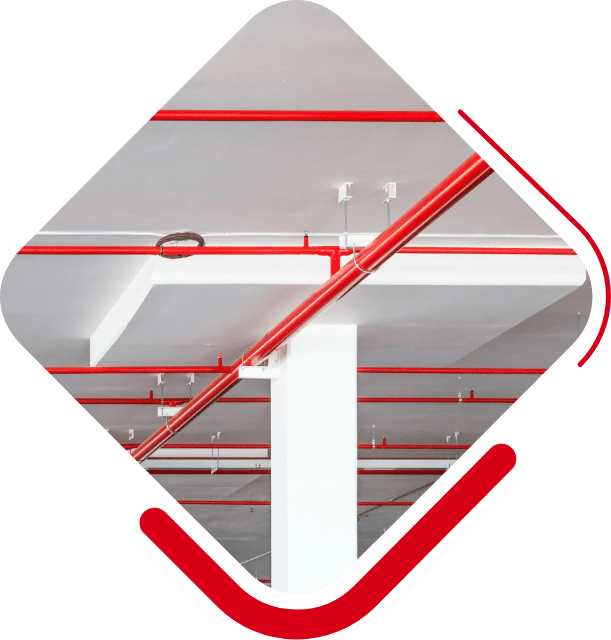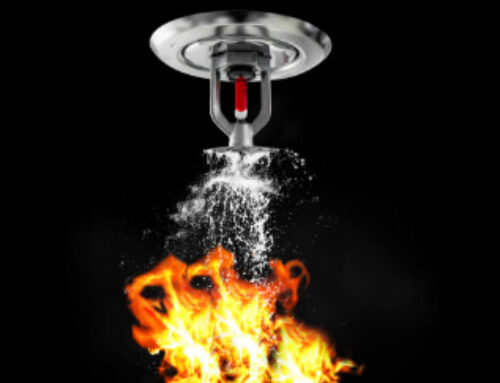How do Sprinkler Systems work?
A sprinkler system is the single most effective fire protection method for people and property in the event of a fire.
Many people may not feel the need to know the intricate details of what makes sprinkler systems so effective, but for those of you who do, here’s is a brief overview.
So just how does a sprinkler system operate?
Each sprinkler head in the system is held closed independently by heat-sensitive seals. The seals work to prevent water flow until a design temperature is exceeded at the individual sprinkler heads.
Each sprinkler activates independently when the predetermined heat level is reached. The design intention is to limit the total number of sprinklers that operate, thereby providing the maximum water supply available from the water source to the point of fire origin.
Wet Sprinkler Systems
Typical ‘wet’ systems are simple and passive. They have water already pressurised in the pipes held back by the sprinkler head. These systems require no manual controls to activate, so long as adequate water supplies are provided.
Dry Sprinkler Systems
Speciality systems called ‘dry’ systems, designed for unheated spaces, have a low ‘maintenance’ air pressure in the pipes. Water is fed into the system when the sprinkler ‘fuses’, allowing the maintenance air pressure to reach the minimum pressure point.
Pre-action Sprinkler Systems
‘Pre-action’ systems are highly specialised for locations where accidental activation is unacceptable such as museums with rare artworks, manuscripts, or books. Pre-action valves are connected to fire alarm initiating devices such as smoke detectors or heat detectors and virtually eliminate the possibility of accidental water flow.
‘Deluge’ systems are ‘pre-action’ systems that have open sprinklers, i.e. the fusible link is removed, so that every sprinkler served by the system will discharge water. This ensures a large and simultaneous application of water over the entire hazard. These systems are used for special hazards where rapid fire spread is a concern.
Other specialty systems may have foam instead of water suppression agents for fire protection in occupancies with flammable liquids, such as airport hangars.
Clean Agent Systems
‘Clean agent’ gaseous systems, such as Argon/CO2/Nitrogen mixtures can be used in very small spaces where water cannot be used for suppression.




